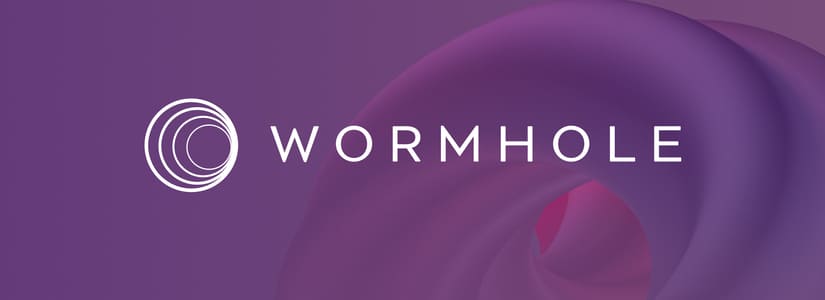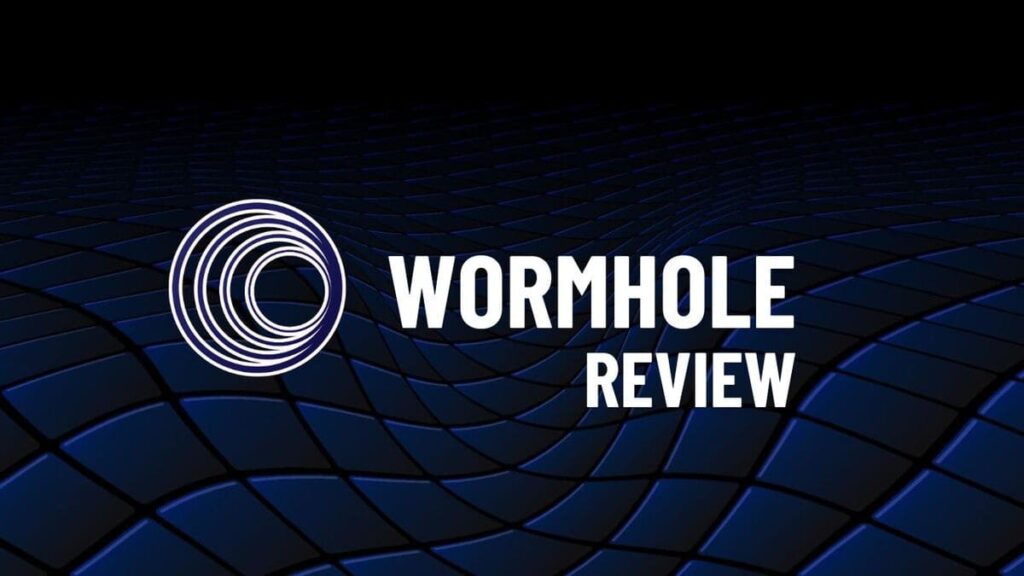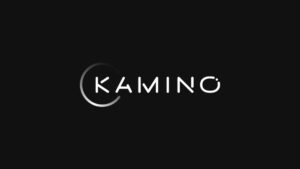Wormhole is an interoperability protocol designed to facilitate the transfer of data and assets between different blockchains. This capability enables the creation of decentralized applications (dApps) that operate across multiple networks. Its primary purpose is to connect blockchain ecosystems with diverse characteristics, such as Solana, Ethereum, Polygon, and others. Through its arbitrary messaging infrastructure, Wormhole ensures that data and assets are transmitted efficiently and securely across chains.

What is Wormhole?
Wormhole is an Arbitrary Messaging Bridge (AMB) that allows the exchange of information and assets between 21 blockchains, including both EVM networks (Ethereum, Polygon) and non-EVM networks (Solana, Aptos, Sui). Unlike other bridges that are limited to transferring specific assets, Wormhole is designed to handle complex messages, enabling interoperability that goes beyond simple token transfers.
The protocol is powered by a set of nodes known as Guardians, which validate and verify messages between chains, ensuring that the transmitted information is legitimate and secure.
Architecture and Components
Wormhole is built on a hybrid architecture that incorporates both on-chain and off-chain components. The Core Bridge contracts are deployed on each connected blockchain and are responsible for emitting messages. These messages are then validated and signed by the Guardians, who operate nodes within the Wormhole network.
Guardians are critical to the system’s integrity as they validate cross-chain transactions, ensuring that the information is not tampered with. Additionally, the network utilizes Verifiable Action Approvals (VAAs), cryptographic approvals that certify the authenticity of emitted messages.
How Does Wormhole Work?
When a transaction or message is emitted by a contract on a blockchain, it is received by the Guardians. These nodes validate the message and sign it. If at least two-thirds of the Guardians agree, the message is considered valid.
The validated message is then transmitted to the destination blockchain, where it is processed and the transaction is finalized. This system ensures secure transactions between blockchains, avoiding the typical synchronization and validation issues seen in other cross-chain networks.
Security Measures
Wormhole’s security is built on a comprehensive approach. The protocol is designed to protect against potential vulnerabilities arising from interoperability between multiple blockchains. First, Wormhole implements a proof-of-authority (PoA) model for transaction validation.
Regular audits are conducted, and a robust bug bounty program incentivizes the community and external developers to identify vulnerabilities. These audits are critical to maintaining user trust and minimizing risks from code flaws or attacks. Furthermore, the protocol benefits from the security of the blockchains it connects, meaning that the integrity of the underlying infrastructure also contributes to the protection of transactions traversing Wormhole.

The W Token
The W token is Wormhole’s native asset, designed to facilitate cross-chain interoperability and serve as a governance tool. Initially launched on Solana, the W token is set to expand to other chains, such as Ethereum, through the protocol’s Native Token Transfer (NTT) functionality.
With a total supply of 10 billion tokens, W plays a crucial role in the governance of the protocol. Token holders can delegate their tokens to participate in decision-making processes, including managing smart contract upgrades and expanding the Guardian network.
Is It a Good Investment?
The W token has features that make it potentially attractive as an investment, particularly for those seeking exposure to interoperability projects within the DeFi ecosystem. This asset is essential within Wormhole, a network that connects multiple blockchains and facilitates the transfer of assets and data between them. Its multichain design and utility in governance, participation, and protocol expansion position it as a fundamental component of the project’s evolution.
Additionally, backing from entities like Jump Crypto enhances credibility, while its issuance structure with a four-year vesting schedule suggests a long-term approach to prevent sudden inflation. Wormhole’s innovative technology could also drive adoption and increase demand for the token.
However, as with any cryptocurrency, investing in the W token carries risks associated with market volatility, competition, and potential technical challenges. Therefore, its investment potential depends on the protocol’s ability to continue growing and the investor’s strategy and risk tolerance.

Wormhole’s Advantages
One of Wormhole’s main advantages is its ability to connect both EVM and non-EVM blockchains, ensuring interoperability between ecosystems with vastly different technological architectures.
The network is also highly scalable, featuring an efficient validation system and high levels of security. This makes it an attractive option for developers looking to integrate multi-chain applications without compromising transaction security or speed.
Use cases such as asset swaps in DeFi, cross-chain governance management, and reward distribution in gaming are just a few applications that benefit from Wormhole’s infrastructure.
Challenges Ahead
One of the most complex challenges to overcome is the reliance on a limited number of Guardians to validate transactions, which could lead to centralization issues if a significant number of nodes act maliciously or if Guardian collusion occurs.
Additionally, although the protocol has undergone multiple audits and features a bug bounty program, vulnerabilities in its code or smart contracts could expose the system to potential attacks, as evidenced by the 2022 hack that resulted in significant fund losses.
The Competition
While Polkadot and Cosmos focus on interoperability models based on specific networks, Wormhole offers greater flexibility by connecting ecosystems that would otherwise be incompatible.
Although it shares some principles of security and governance with these protocols, its focus on arbitrary messaging and scalability gives it an edge in terms of scope and simplicity.

Conclusion
Wormhole offers robust and flexible infrastructure for blockchain interoperability, enabling a variety of use cases, from DeFi to governance and gaming. Despite its challenges, the protocol has demonstrated security and efficiency, supported by a strong team and a trusted network.
In the future, the growth of the DeFi ecosystem and the adoption of new blockchains could further enhance Wormhole’s utility, cementing its position as one of the leading interoperability protocols in the blockchain industry










